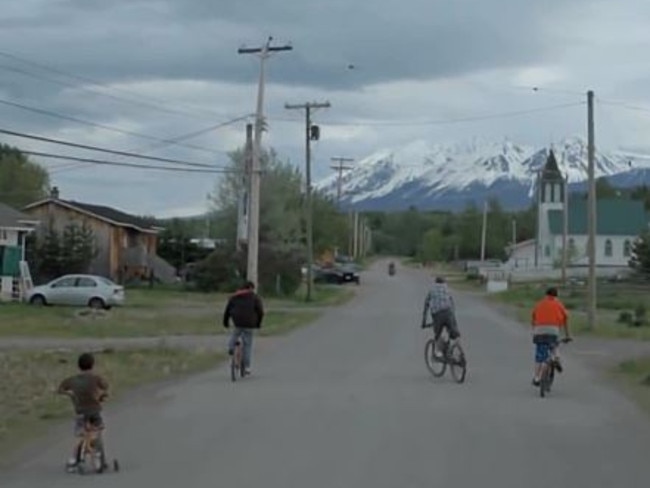Highway of tears: Women have gone missing for years
OFFICIALLY it is known as Highway 16, but it is also the place where women simply disappear. Some remain missing, others have been found dead.

OFFICIALLY it is called Highway 16. But to many, the notorious stretch of road where dozens of women have simply disappeared or turned up dead, has come to be known as the Highway of Tears.
No one knows exactly how many have vanished along the 800km road through British Columbia in Canada, though some say the number could be as high as 40.
Signs along the highway warn of a serial killer on the loose, cautioning girls not to hitchhike, though the killer theory has not been proved.
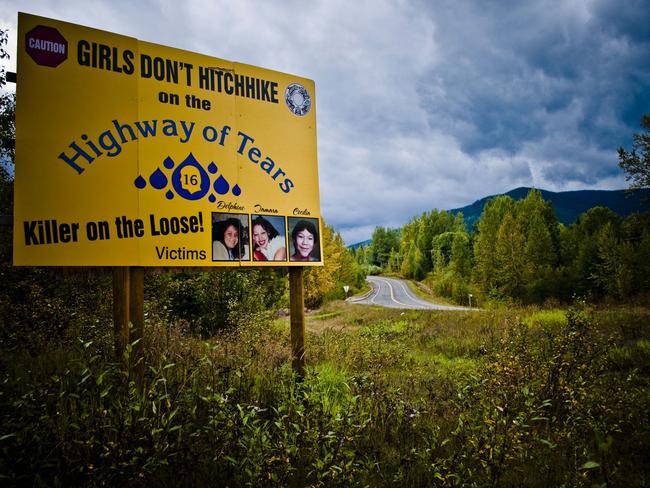
The lack of answers only adds to the mystery, and for local people, the growing sense of alarm.
Many of the missing belong to remote indigenous communities, with little or no transport or phone coverage, and who are forced to hitchhike to get around.
Most disappeared on a remote stretch linking the cities of Prince George and Prince Rupert.
“A lot of women are forced to hitchhike along the highway because there is no other option,’’ anti-violence campaigner Wendy Kellas, who works on the Highway of Tears project to raise awareness, told news.com.au.
She said one official estimate listed 18 women as missing or murdered in the past 30 years, however indigenous communities claim that number is far higher.
In memory of the victims of the highway of tears
The high number of cases have even sparked claims of at least one serial killer targeting vulnerable women along the remote route.
The first killing was recorded back in 1969 when the body of Gloria Moody was found. The 26-year-old had gone out to a bar but never returned home, The Mirror reported.
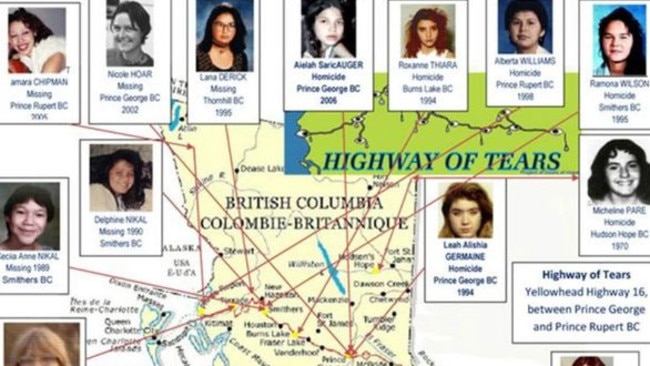
Six years later, the body of Monica Igna, 15, was found in a gravel pit, and in 1988 Alberta Williams turned up dead just one month after being reported missing.
Then in 1994, the bodies of three indigenous teenagers were found dumped by the roadside, sparking angry calls for police to do more to protect vulnerable young girls and women.
More recently, the body of pregnant student Loretta Saunders from the eastern Canadian province of Newfoundland and Labrador, was found by police in March last year.
Eerily, the 26-year-old had reportedly been writing her thesis on the missing and murdered women when she disappeared.
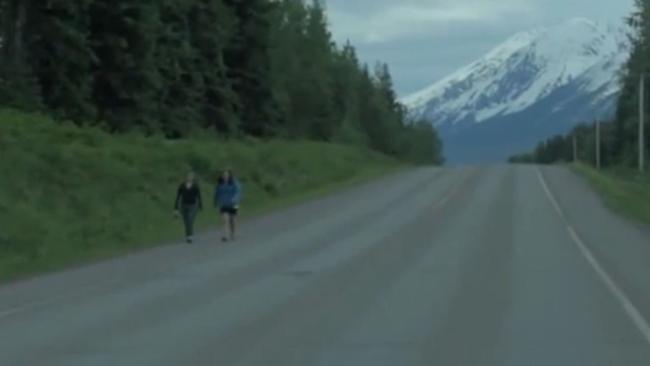
Her body was found off Route 2 of the Trans-Canada Highway in New Brunswick — more than 720 kms from her hometown of Halifax.
However, Ms Saunders’ roommates Blake Leggette and Victoria Henneberry were charged with 1st-degree murder, CBS News Canada reported.
As families continue to search and authorities try to gain a more accurate picture of the missing, human rights groups have accused police of not doing enough to help vulnerable women.
In its February 2013 report Those Who Take Us Away: Abusive Policing and Failures in Protection of indigenous Women and Girls in Northern British Columbia, Canada, HRW said the Royal Canadian Mounted Police (RCMP) in northern British Columbia had failed to protect indigenous women and girls from violence.
Human Rights Watch, which conducted research along Highway 97 and along Highway 16, said women and girls had reported abusive treatment at the hands of police including excessive use of force, as well as physical and sexual assault.

It also called for a national inquiry into the murders, as well as the disappearance of indigenous women and girls.
“The Canadian government should establish a national commission of inquiry into the murders and disappearances of indigenous women and girls, including the impact of police mistreatment on their vulnerability to violence in communities along Highway 16, which has come to be called northern British Columbia’s “Highway of Tears,” it said it a statement.
Human Rights Watch added women who called the police for help were often blamed for the abuse, shamed over alcohol or substance use, and often found themselves at risk of arrest for actions taken in self-defence.
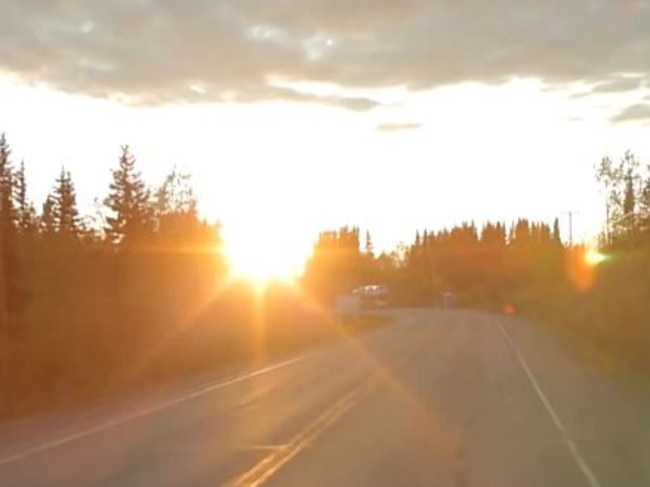
Others told the human rights group that some family members and who made calls to police to report missing women or girls said the police failed to investigate disappearances quickly enough.
Just this week, the Inter-American Commission on Human Rights presents presented a report on missing and murdered indigenous women.
The report analysed the context in which indigenous women have been murdered and gone missing over the past several years and the response by the Canadian State.
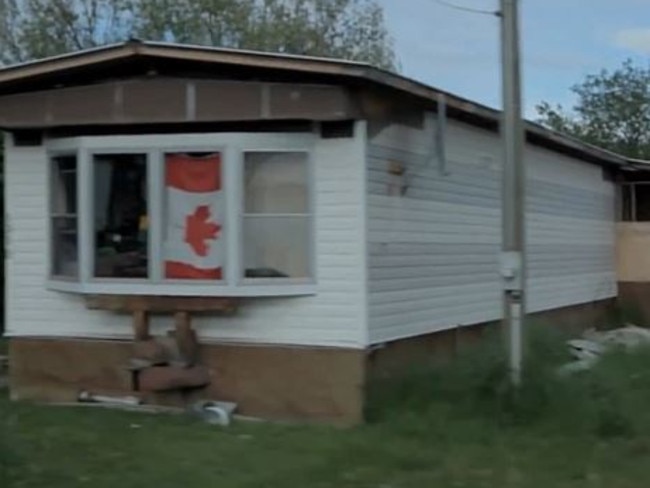
“The numbers of missing and murdered indigenous women are particularly concerning considering that indigenous people represent a small percentage of the total population of Canada,” it said in a statement.
“The disappearances and murders of indigenous women in Canada are part of a broader pattern of violence and discrimination against indigenous women in the country.”
